


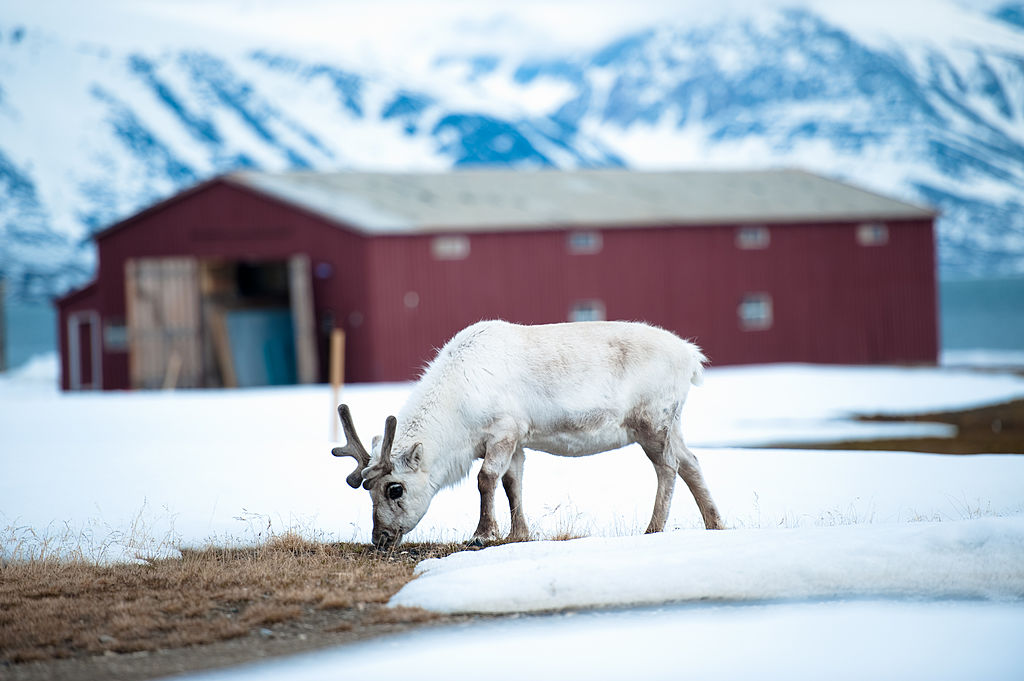
Norway’s fjords are the country’s calling card, and for good reason. These long, narrow inlets carved by glaciers over millennia create some of the most breathtaking scenery on Earth. Sheer cliffs rise from the deep blue water, waterfalls cascading down mountainsides, and quaint villages dot the shores. Exploring the fjords by boat is a must-do for any visitor to Norway. There are countless options available from short sightseeing cruises to multi-day adventures.
Norway: Land of the Northern Lights and Midnight Sun
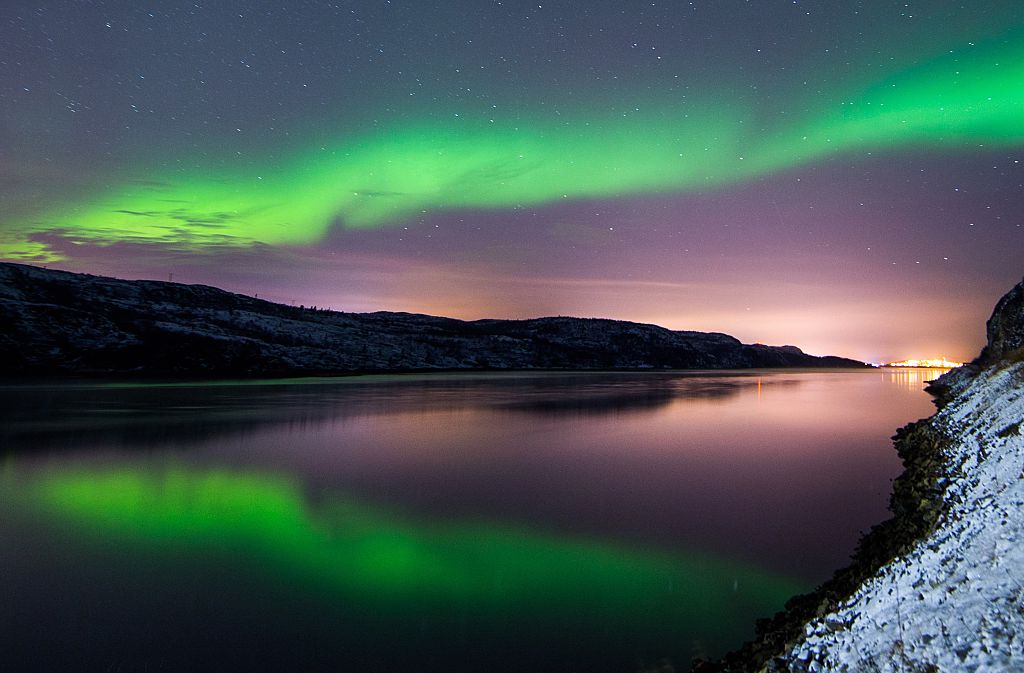
JONATHAN NACKSTRAND/AFP/Getty Images
Norway is a magical destination where nature puts on its most spectacular shows. Witness the ethereal dance of the Northern Lights (aurora borealis) during the dark winter months, a truly otherworldly experience. Then, come summer, immerse yourself in the phenomenon of the midnight sun, where daylight stretches endlessly, allowing for unique adventures around the clock.
Norway’s Lærdal Tunnel: An Engineering Marvel
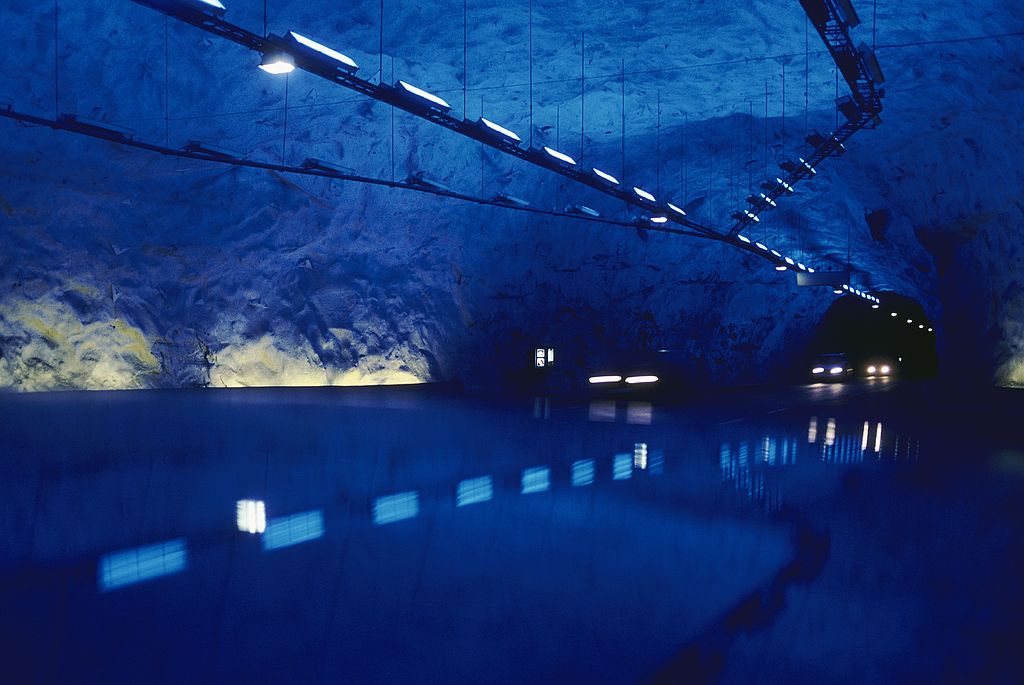
Francois LE DIASCORN/Gamma-Rapho via Getty Images
Norway’s Lærdal Tunnel is a testament to modern engineering. Stretching over 15 miles, it’s the world’s longest road tunnel, connecting Lærdal and Aurland and providing a vital link between Oslo and Bergen. Built at a cost of $113 million and opened in 2000, it eliminates the need for ferries and dangerous mountain passes, especially in winter. The tunnel isn’t just about length; its design is focused on driver safety, with large illuminated caves every six kilometers and varied lighting to combat monotony.
Norway’s Remote Outpost: Bouvet Island
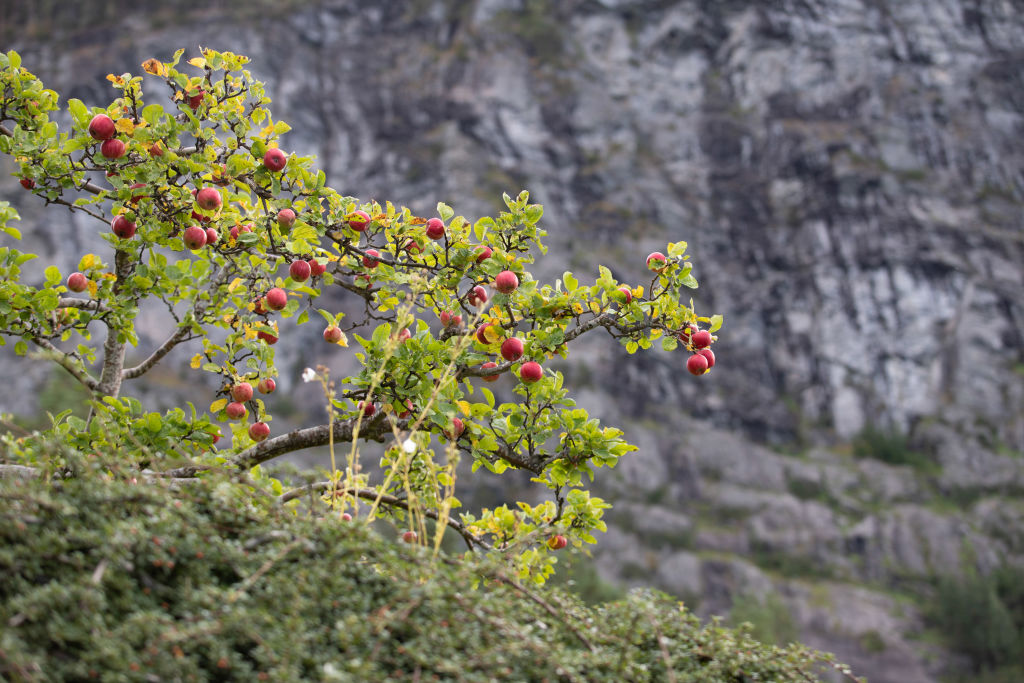
Nicolas Economou/NurPhoto via Getty Images
Norway lays claim to one of the most isolated places on Earth – Bouvet Island. This tiny, glacier-covered speck in the South Atlantic Ocean was annexed by Norway in 1929 and became a dependency a year later. It’s the world’s most remote island, over 1,100 miles from Antarctica and a staggering 1,600 miles from South Africa. Despite its harsh conditions, with 93% of the island covered in ice and an inactive volcano at its center, Norway maintains an automated weather station on Bouvet Island, a testament to human presence in even the most extreme corners of the globe.
Welcome to Hell (Norway): Where Two Zip Codes are a Thing
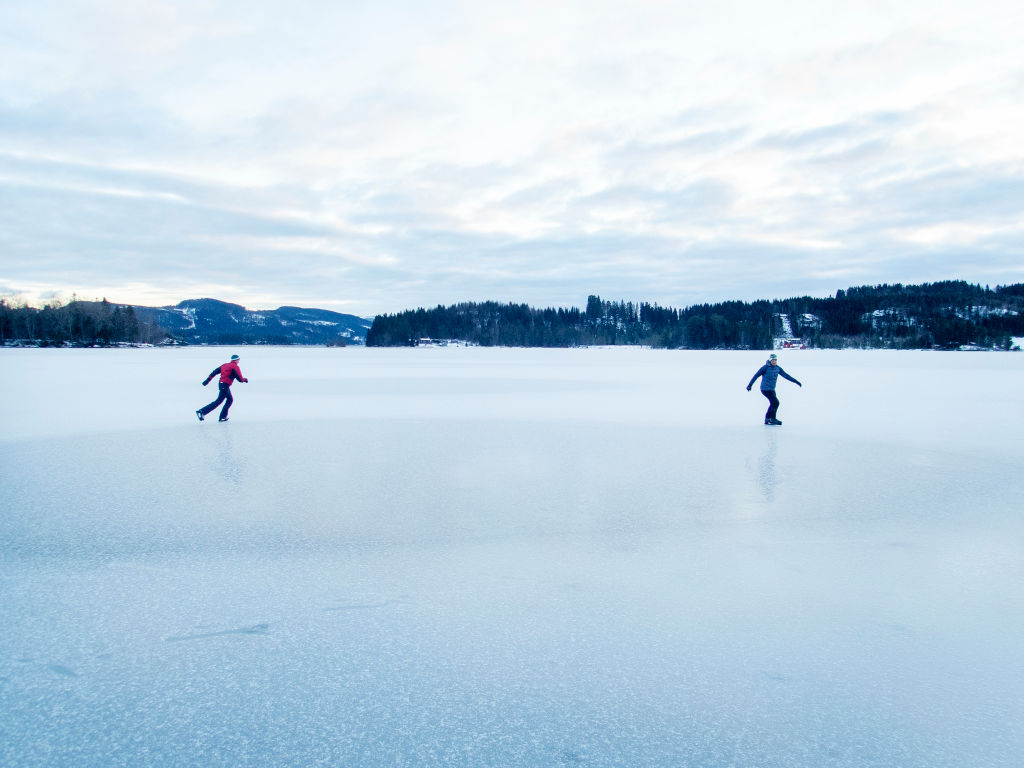
GORM KALLESTAD/AFP/Getty Images
Don’t let the name fool you – Hell, Norway, is a charming village near Stjørdal. This tiny community of 1,600 surprisingly boasts an international airport and train station. It’s even got 5,000-year-old reindeer rock carvings for a dose of history. Despite its size, Hell has practical amenities like a grocery store and retirement home. But here’s the quirk: if you want to send mail, be sure to use the correct zip code – one for physical addresses, and another specifically for post-office boxes!
Norway’s Wild Reindeer Refuge: Hardangervidda

MARTIN BUREAU/AFP/Getty Images
Forget the Arctic! Europe’s largest wild reindeer herd thrives in Norway’s breathtaking Hardangervidda National Park, a vast mountain plateau of dramatic landscapes. This stunning region of plateaus, valleys, mountains, glaciers, waterfalls, and fjords is home to a winter herd of roughly 25,000 reindeer, with 7,000 roaming year-round. Historically, reindeer ranged freely across Norway, but hunting pressure pushed them into the sanctuary of the mountains in the late 19th century.
Christmas in Norway: Traditions of Warmth and Light
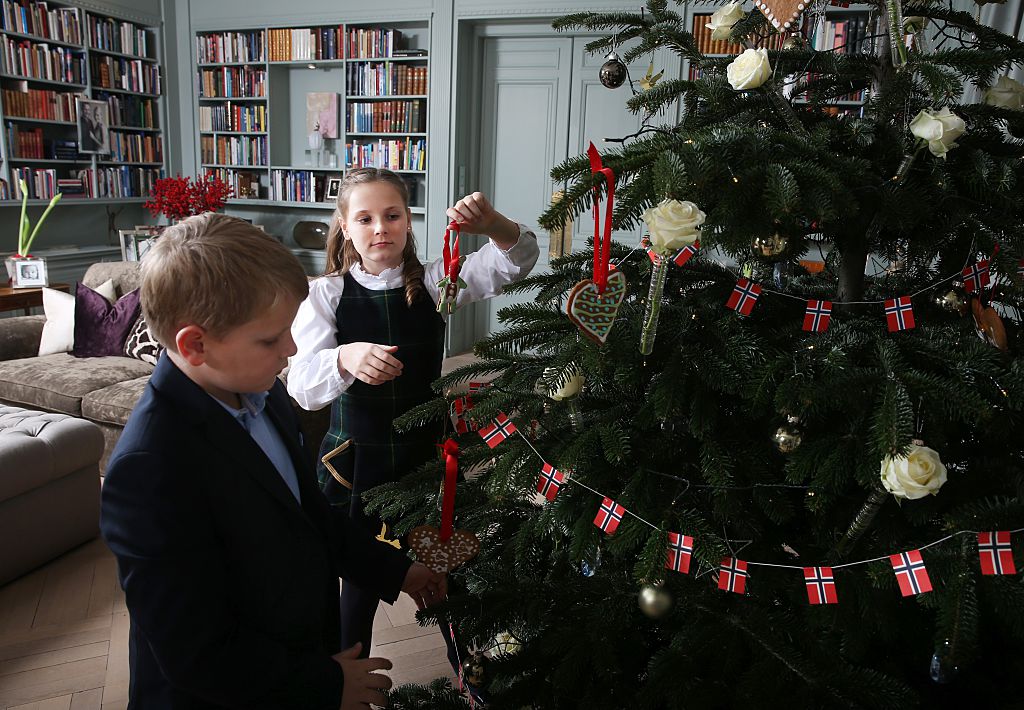
ASERUD, LISE/AFP/Getty Images
Christmas holds a special magic in Norway, where homes twinkle with candlelight, festive markets bustle, and carols fill the air. Oslo honors a heartwarming tradition by gifting a towering Norwegian Spruce to London’s Trafalgar Square each year since WWII. Experience December’s enchantment at the Norsk Folkemuseum on Bygdøy or Bergen’s whimsical Gingerbread Town. And of course, no Norwegian Christmas is complete without a feast of roasted pork belly, lamb ribs, and the traditional lutefisk.
Norway’s Green Paradox: Hydropower at Home, Oil Abroad
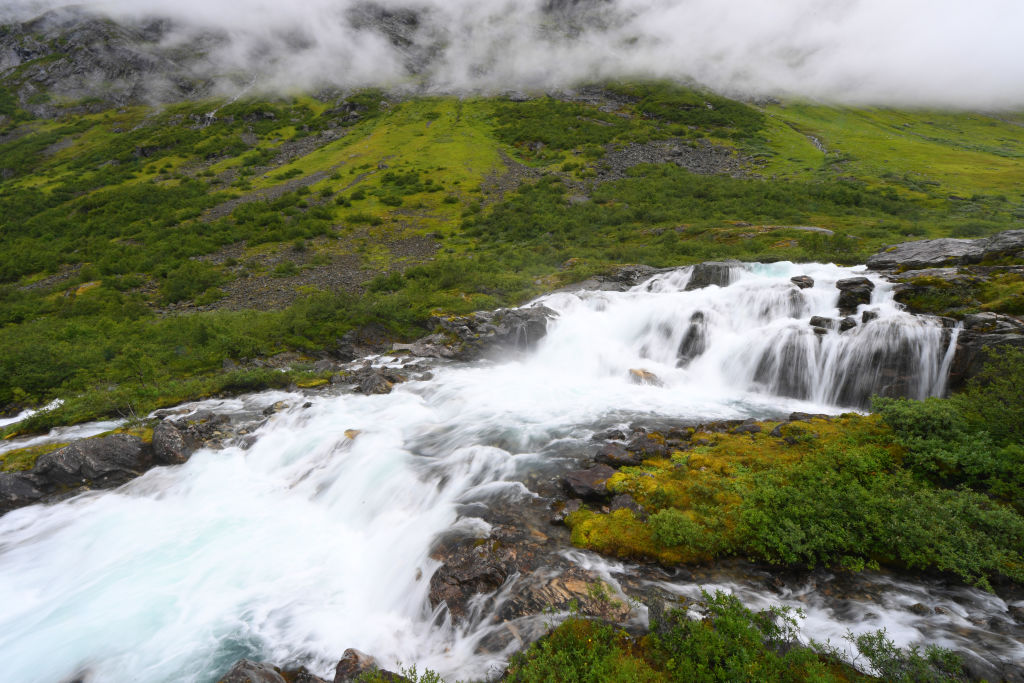
James D. Morgan Getty Images
Despite being a major oil exporter, Norway powers its homes with an impressive 98% renewable energy – primarily from hydropower. In fact, Norway generates more electricity from renewables than the eight countries above it in the rankings combined! While aiming for domestic carbon neutrality by 2030, it’s important to note this excludes oil and gas exports. Still, Norway actively encourages alternatives to fossil fuels and champions energy-efficient building standards.
Trolltunga: The Instagram Challenge Worth the Hike
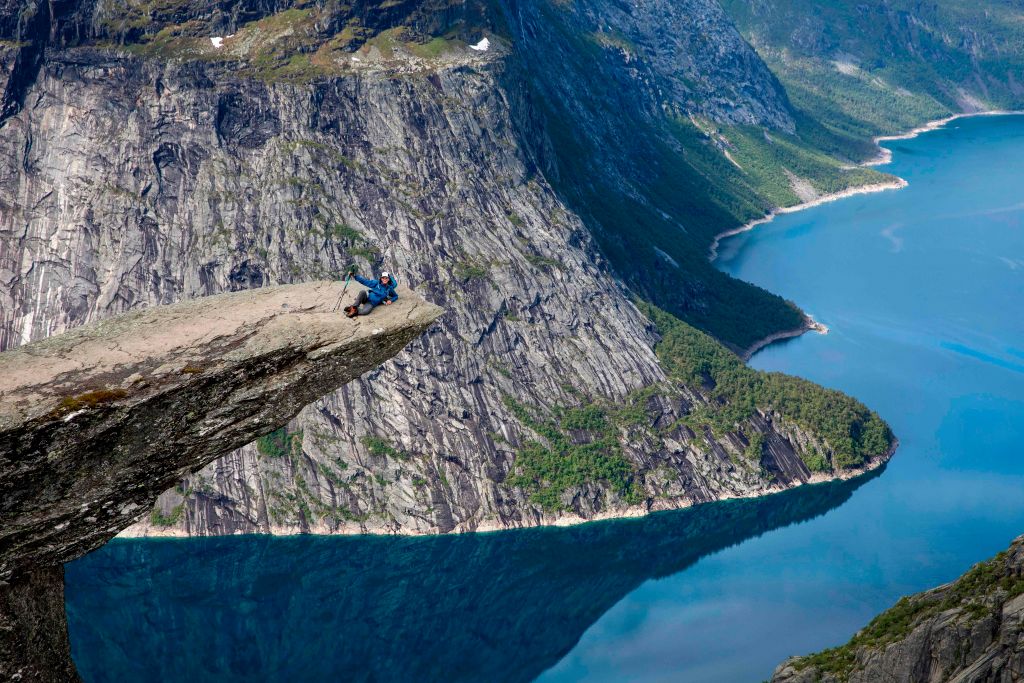
TORE MEEK/AFP/Getty Images
Trolltunga, or “Troll Tongue”, is an iconic rock formation hanging 2,300 feet above Norway’s Lake Ringedalsvatnet. Once a hidden gem, social media fame has made it a bucket-list destination for hikers. But don’t be fooled by the photos – reaching this breathtaking spot requires a demanding 17-mile round-trip trek from Skjeggedal. If you’re up for the challenge, the reward is an unforgettable view and an Instagram shot to prove your adventurous spirit.
Norway’s Coastline: A Labyrinth of Fjords and Immeasurable Beauty
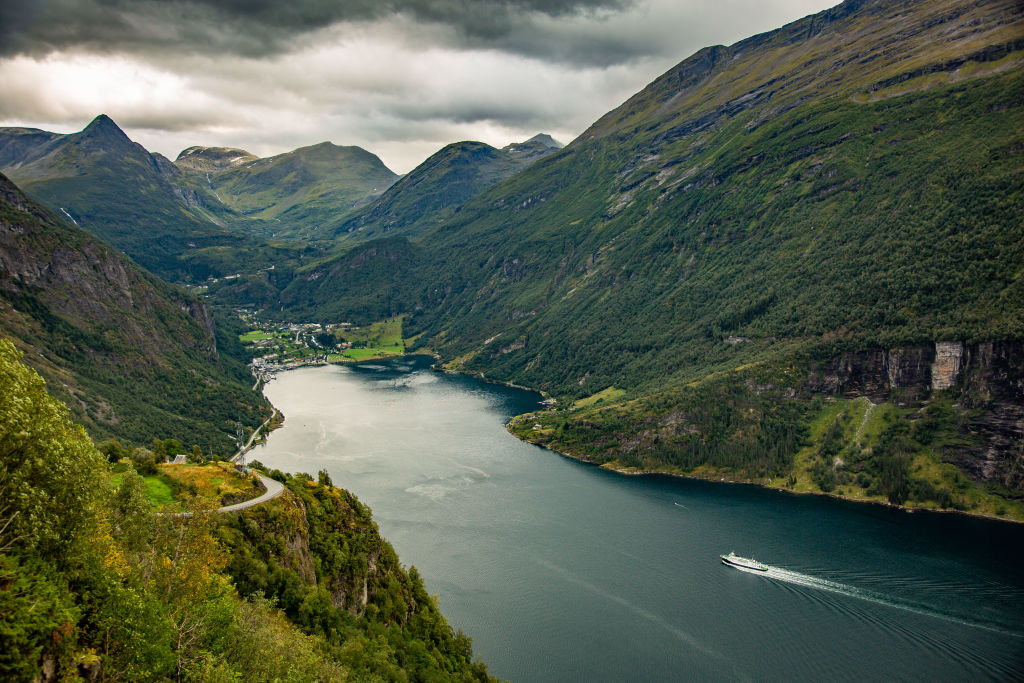
Nicolas Economou/NurPhoto via Getty Images
Norway’s coastline is a breathtaking puzzle of fjords and mountains, so intricate that even its exact length remains elusive. Stretching from the Oslofjord in the south all the way to the Russian border, its jagged beauty unfolds endlessly. Don’t let the mystery of its measurement hold you back! Experience the coast’s grandeur firsthand on a scenic cruise from Bergen to Kirkenes, and lose yourself in the majesty of the landscape.
Norway: Where Happiness, Safety, and Prosperity Thrive
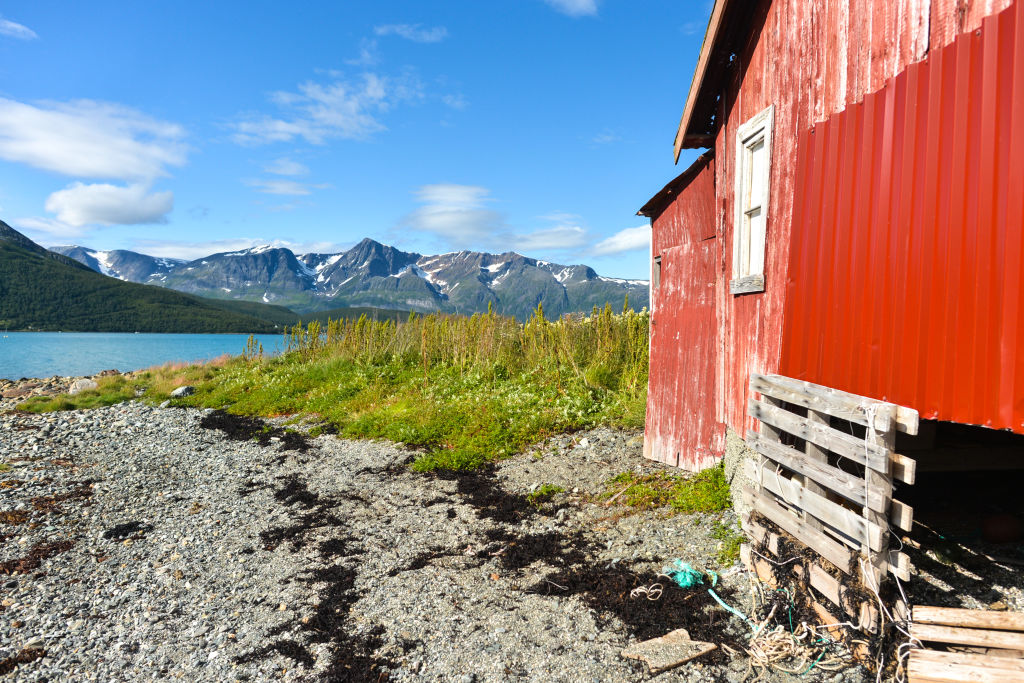
Artur Widak/NurPhoto via Getty Images
Norway consistently ranks among the happiest, safest, and richest nations on Earth. The World Happiness Report highlights factors like income, freedom, trust, health, social support, and generosity as key to a nation’s well-being. Norway excels in these areas, making it a shining example of what makes a society flourish.
Pack Those Snacks! Traveling with Toddlers

Photofusion/Universal Images Group via Getty Images
Traveling with toddlers? Don’t forget the snacks! Stick to familiar favorites they enjoy at home: fruit, veggies, crackers, pouches, and juice boxes fit the bill. Toss them into sippy cups or small containers for easy access. If your child loves milk, pack some for the plane, as it might not be readily available.
Norway’s Diverse Population, Especially in Oslo
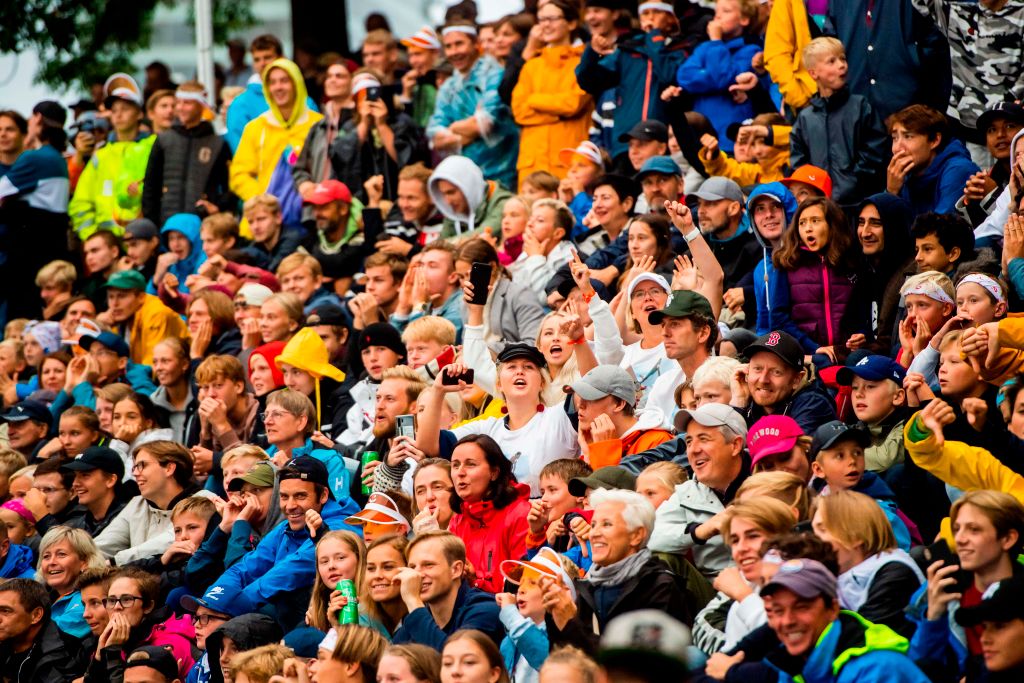
FREDRIK VARFJELL/AFP/Getty Images
Norway’s population, while standing at 5.3 million, showcases increasing diversity. This is especially evident in the capital, Oslo, where nearly 30% of residents are immigrants or children of immigrants (a significantly higher rate than the national average of 15%). The largest immigrant communities hail from Pakistan, Sweden, Somalia, and Poland. This rich mix of cultures contributes to Oslo’s vibrant and dynamic atmosphere.
Norway: Land of Countless Lakes
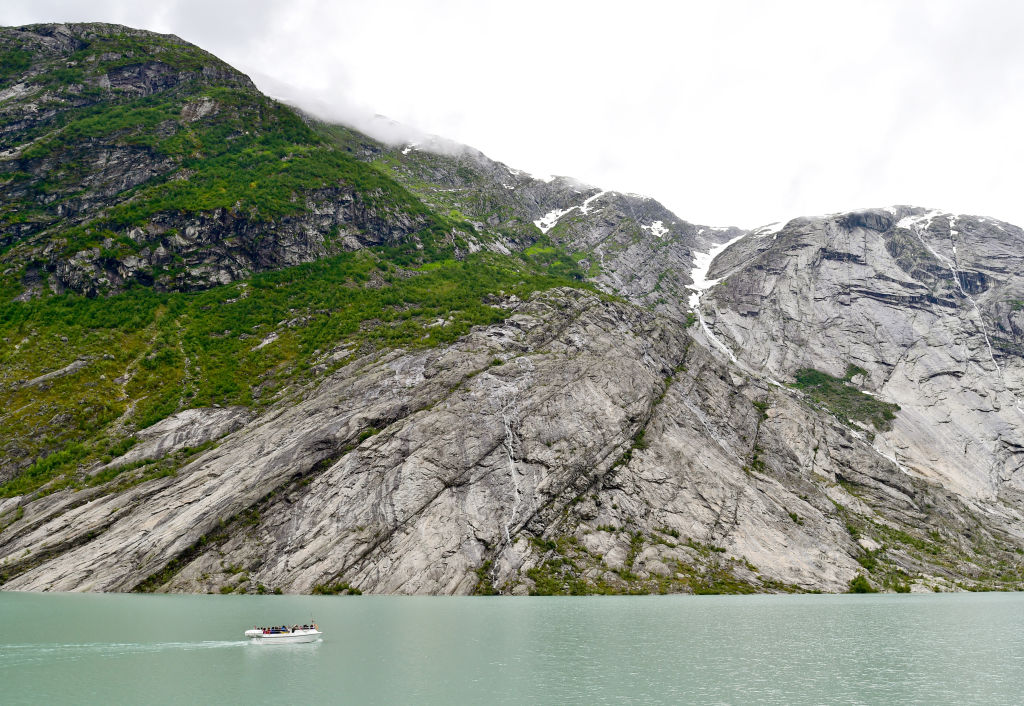
Patrick Pleul/picture alliance via Getty Images
Norway boasts an astonishing 450,000 lakes, a testament to its dramatic landscapes. While most are small, around 400 exceed two square miles in size. Among the largest are Mjøsa, Røssvatnet, Femund, Randsfjorden, and Tyrifjorden. Did you know that Norway is also home to Europe’s four deepest lakes – Hornindalsvatnet, Salvatnet, Lake Tinn, and Mjøsa? Mjøsa, Norway’s largest, was once a major transportation route, and now offers scenic recreational boating. Cities like Hamar, Gjøvik, and Lillehammer even spring up along its shores.
Kirkenes: A Norwegian City with Russian Influence
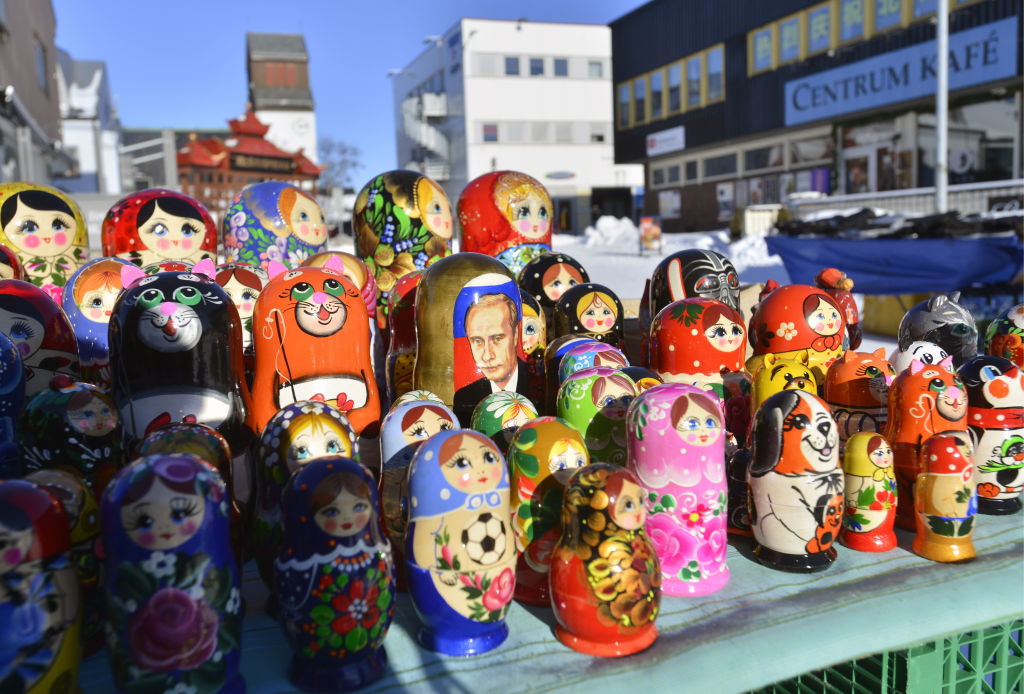
Lev FedoseyevTASS via Getty Images
Located just nine miles from Russia, Kirkenes is a fascinating blend of Norwegian and Russian cultures, evident even in its bilingual street signs! It’s a prime spot for witnessing the Northern Lights, and each winter houses the magical Kirkenes Snowhotel. Discover the region’s history at the Borderland Museum, and pay tribute to its WWII liberation at the Russian Soldier Monument. Kirkenes is also a stop on the Hurtigruten coastal ferry, making it a captivating destination for international travelers.
Norway: Where Viking History Comes Alive
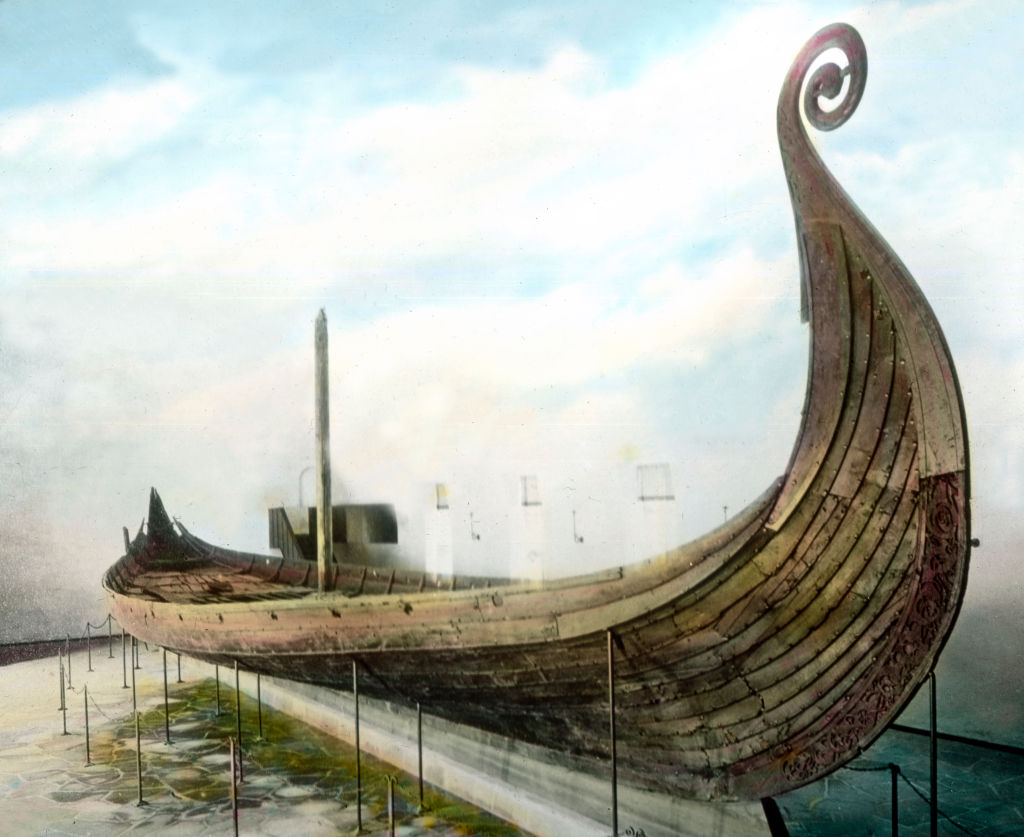
Carl Simon/United Archives/Universal Images Group via Getty Images
Norway’s rich history is interwoven with the legacy of the Vikings. These skilled seafarers, known for their boat-building prowess and navigational expertise, were not only fierce raiders but also explorers, traders, and settlers. Their mark on the country is still evident today. Immerse yourself in the Viking Age (AD 800-1050) with visits to Oslo’s Viking Ship Museum, home to the world’s best-preserved wooden Viking longships dating back to the ninth century. Explore the Lofotr Viking Museum in Borg, the Karmøy Kulturopplevelser in Rogaland, and the Stiklestad National Culture Center in Nord-Trøndelag for further insights into their fascinating world.